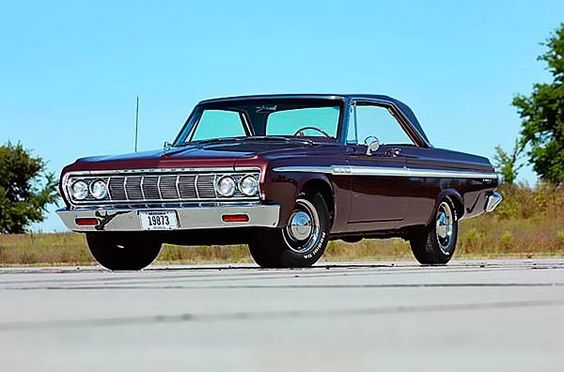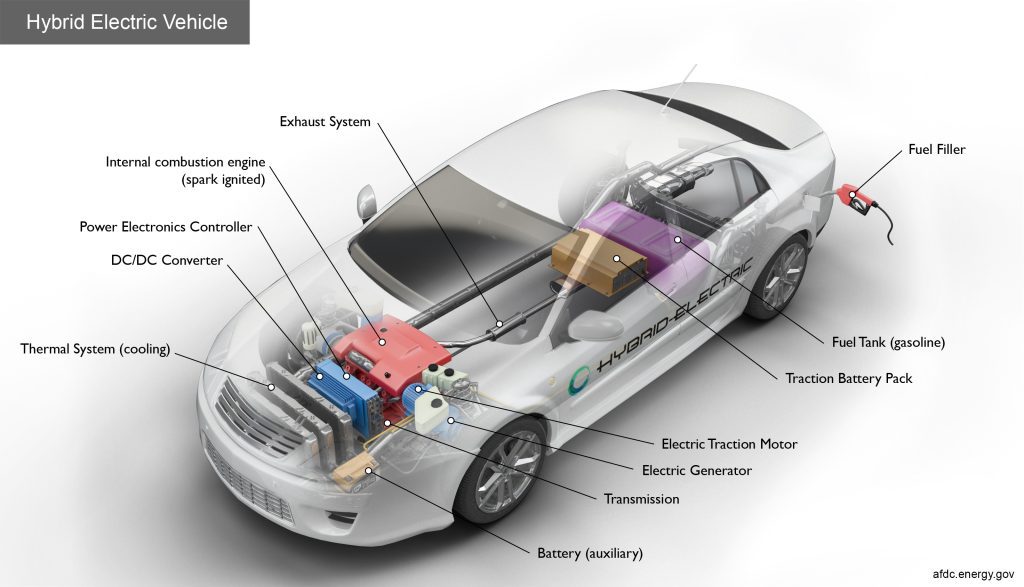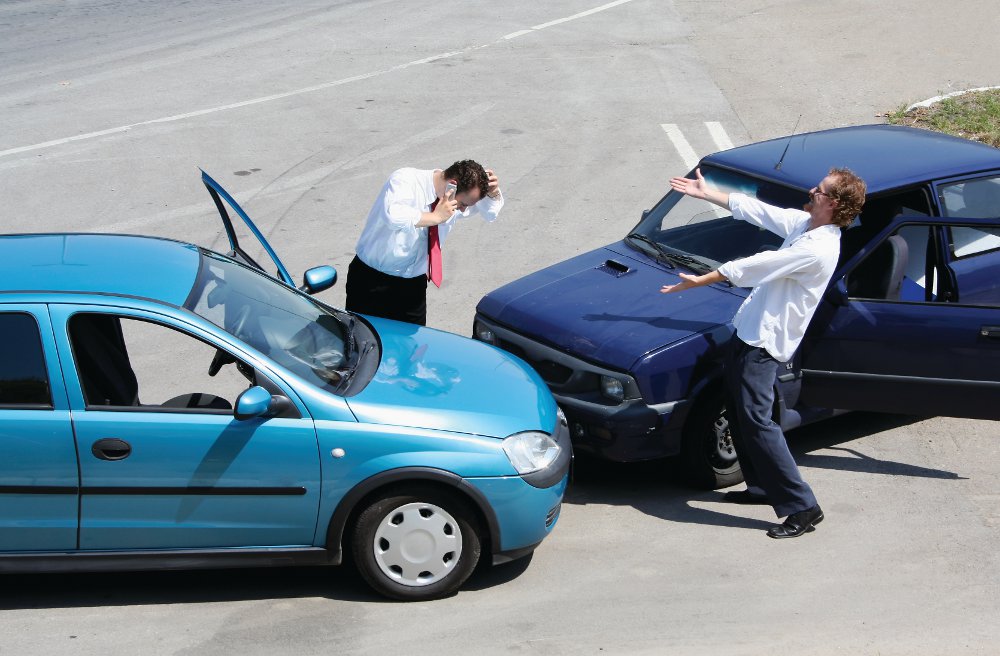
Liability Coverage: If you were at fault for the bump and caused damage to another person’s vehicle or property, your liability coverage may help cover the costs of repairs or property damage.Collision Coverage: If you have collision coverage, your insurance company could help pay for the repair costs of your own vehicle, even if the collision was your fault. Collision coverage is designed to cover damage to your vehicle resulting from collisions with other vehicles, objects, or even if your vehicle rolls over.

Deductible: Keep in mind that most insurance policies have a deductible, which is the amount you need to pay out of pocket before your insurance coverage kicks in. For minor bumps, it’s possible that the repair costs might be lower than your deductible, in which case you would cover the costs yourself.Claim Process: If you’re involved in a minor collision, you’ll need to report the incident to your insurance company. They will guide you through the process of filing a claim and assessing the damage. If the damage is minor, they might suggest getting an estimate from a repair shop before deciding whether to file a claim.
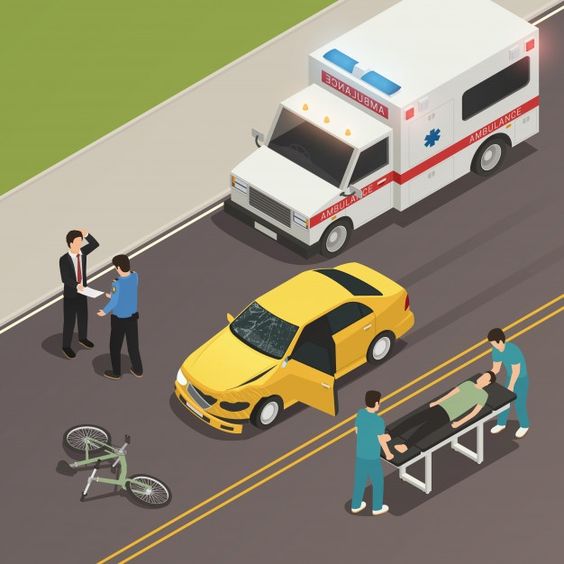
No-Claim Bonus: Depending on your policy and the specifics of the accident, making a claim could potentially affect your no-claim bonus or discount. Some insurance policies offer discounts for policyholders who haven’t made any claims over a certain period of time.Coverage Limits: Remember that insurance policies have limits on the amount they will pay out for repairs. Make sure you understand what your policy’s coverage limits are.
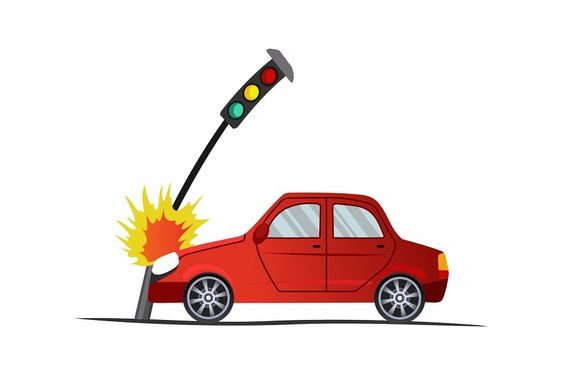
Considerations: Before deciding whether to file a claim, consider the cost of repairs, your deductible, and the potential impact on your insurance premium. If the cost of repairs is only slightly more than your deductible, you might consider paying for the repairs out of pocket to avoid a potential premium increase.

